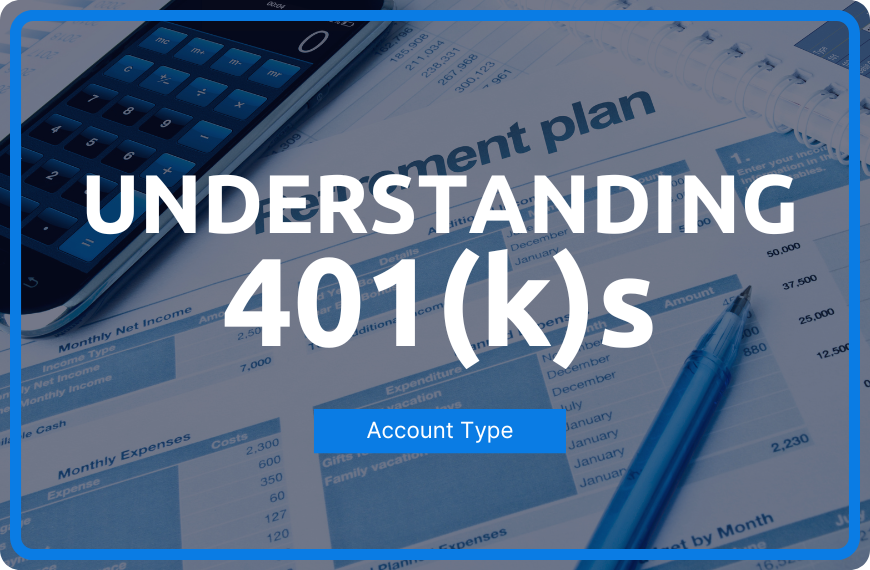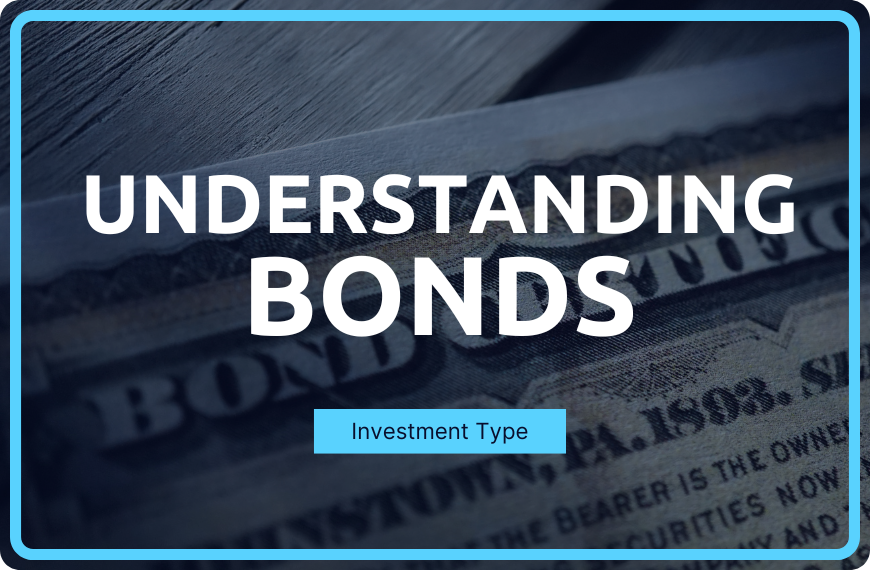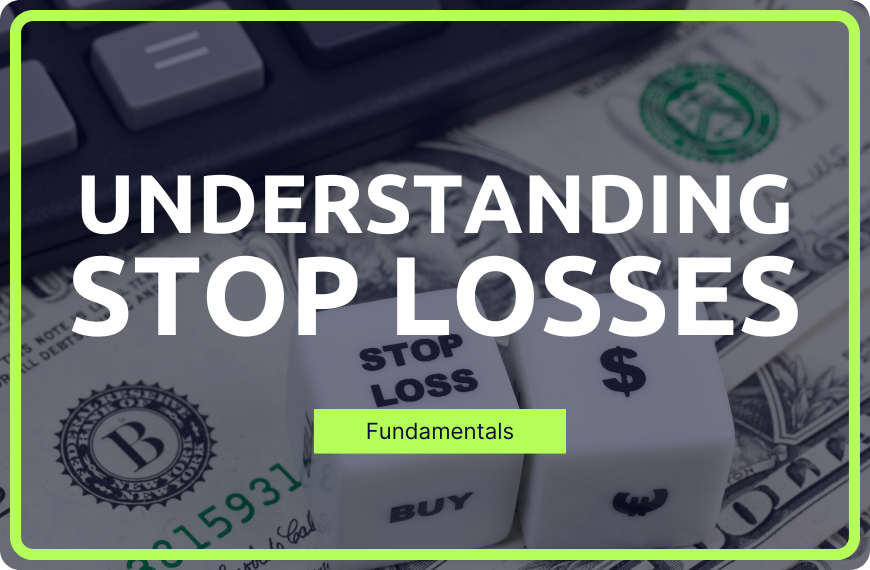
Categorizing companies into sectors can help investors understand how each company fits into the larger economy and how its performance might affect the sector as a whole. By analyzing the movement of an entire sector, investors can gain insights into broader economic trends and use this information to make informed investment decisions.
It's important to note that while sector trends can be seen across all stocks within a sector, individual stocks may not always move in the same direction as the sector as a whole. This is because each company is unique and may be influenced by factors beyond the sector trends. However, understanding sectors can provide a useful way to process and compartmentalize a company's role in the larger economic landscape.
In conclusion, by understanding the different sectors and how companies fit into them, investors can gain a better understanding of the broader economic landscape and make informed investment decisions.
1. The energy sector
The energy sector is primarily dominated by companies that deal in oil and gas. This sector is not too difficult to get, but it's important to understand what it does and does not include. The energy sector includes companies that are directly involved in the production and servicing of oil and gas. However, it does NOT include renewable energy, which is classified under the utilities category.
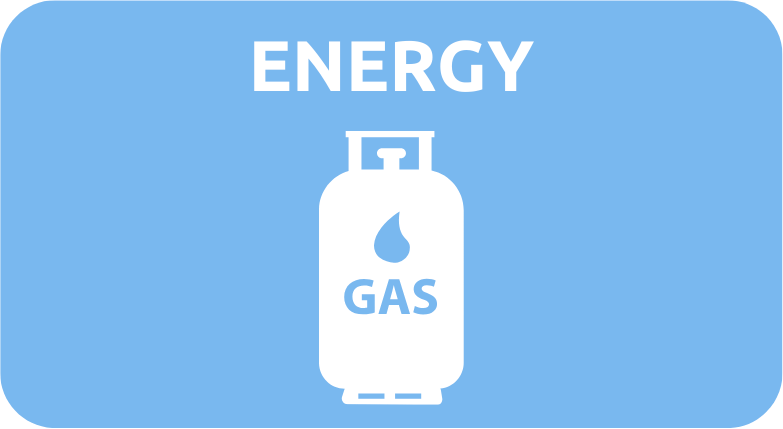

2. The Materials Sector
The Materials sector is a crucial part of the economy, encompassing a diverse range of products used in manufacturing or as raw materials for other products. These products include but are not limited to packaging materials, building materials, paper products, and chemicals.
Given the wide range of products included in the Materials sector, it plays a critical role in the supply chain for many industries and can significantly impact the economy as a whole.
3. The Industrials Sector
The industrial sector is a vast area of the economy that encompasses various industries, including air travel, railroad travel, and aerospace-related technologies. This sector is known for large feats of engineering that involve the design, development, and production of complex machinery, equipment, and systems used in transportation and manufacturing. From building massive airplanes to designing high-speed trains, the industrial sector plays a vital role in modern society by providing essential goods and services that drive economic growth and innovation.


4. The Utilities Sector
This sector includes a range of companies, such as renewable energy providers (as mentioned in the energy section), regional power companies, and electric power cooperatives. When we talk about regional power companies, we refer to those that generate electricity from traditional sources, such as coal, natural gas, or oil, and distribute it to homes, businesses, and other institutions. These companies are responsible for ensuring that the power grid is reliable and that electricity is available to customers on-demand. An example of a regional power company is your local electric power company, which supplies electricity to households and businesses in your area.
5. The Healthcare Sector
The healthcare industry involves the development, manufacturing, and distribution of medicine, medical equipment, and hospital supplies. This sector includes biotech companies, surgical supplies, and diagnostic equipment. Biotech companies focus on researching and producing new drugs and therapies. Surgical supplies are used during surgical procedures to ensure patients receive the best possible care. Diagnostic equipment is used to diagnose diseases and medical conditions accurately.


6. The Financials Sector
The financial sector includes banks, fintech companies, loan providers, and insurance companies. Its primary function is to manage and distribute money, both for customers and corporations. The sector plays a crucial role in maintaining the overall stability of the financial system and ensuring efficient allocation of funds.
7. The Technology Sector
The information technology or tech sector is a broad category that encompasses a wide range of products and services related to technical devices, digital systems, and information processing. This sector includes computer hardware and software, internet services, cybersecurity solutions, and digital media. Additionally, the tech sector also involves the development and manufacturing of semiconductors, which are critical components in many electronic devices. These semiconductors are designed to control the flow of electrical current in electronic circuits, which allows devices to perform complex functions and process vast amounts of data.
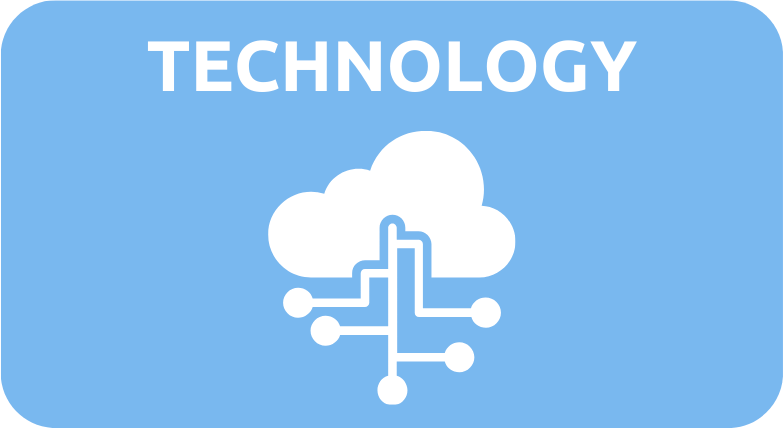

8. The Communications Sector
The communications sector is a broad industry that involves the transfer of information, data, and messages from one point to another. This sector encompasses a wide range of technologies, including telecommunications, broadcast media, internet services, and mobile communications. The communications sector plays a critical role in connecting people and organizations across the globe. It enables businesses to communicate with their customers, employees, and partners effectively, facilitates personal interactions, and fosters the exchange of ideas and information.
9. The real estate sector
The real estate sector involves the buying, selling, renting, and developing of land, buildings, and other properties. It is a crucial part of the economy, as it provides housing and commercial spaces for businesses and individuals. But the real estate sector isn't just houses in a cul-de-saq. This sector includes not just residential properties like houses and apartments but also as commercial properties like office buildings, retail spaces, and industrial facilities. The sector is often influenced by factors such as interest rates, population growth, and government policies, making it both complex and dynamic.


10. The Consumer Discretionary Sector
The consumer discretionary sector refers to products that most people would consider as wants rather than needs. Such purchases are dependent on the excess income someone may have and can include items such as luxury goods, leisure products, and restaurants. It can be a little tricky to understand, as even though McDonald's is relatively inexpensive, it falls under the consumer discretionary sector because it is a restaurant, which fall into this sector.
11. The Consumer Staples Sector
Consumer staples is the other sector for consumer goods, and it represents goods that you buy regardless of your financial status. These are the needs, not the wants. Think of this as personal care products, food and beverage manufacturers, and supermarkets. Interestingly, tobacco products are also included in this sector. I have a feeling that whoever classified the sectors might be a smoker.

